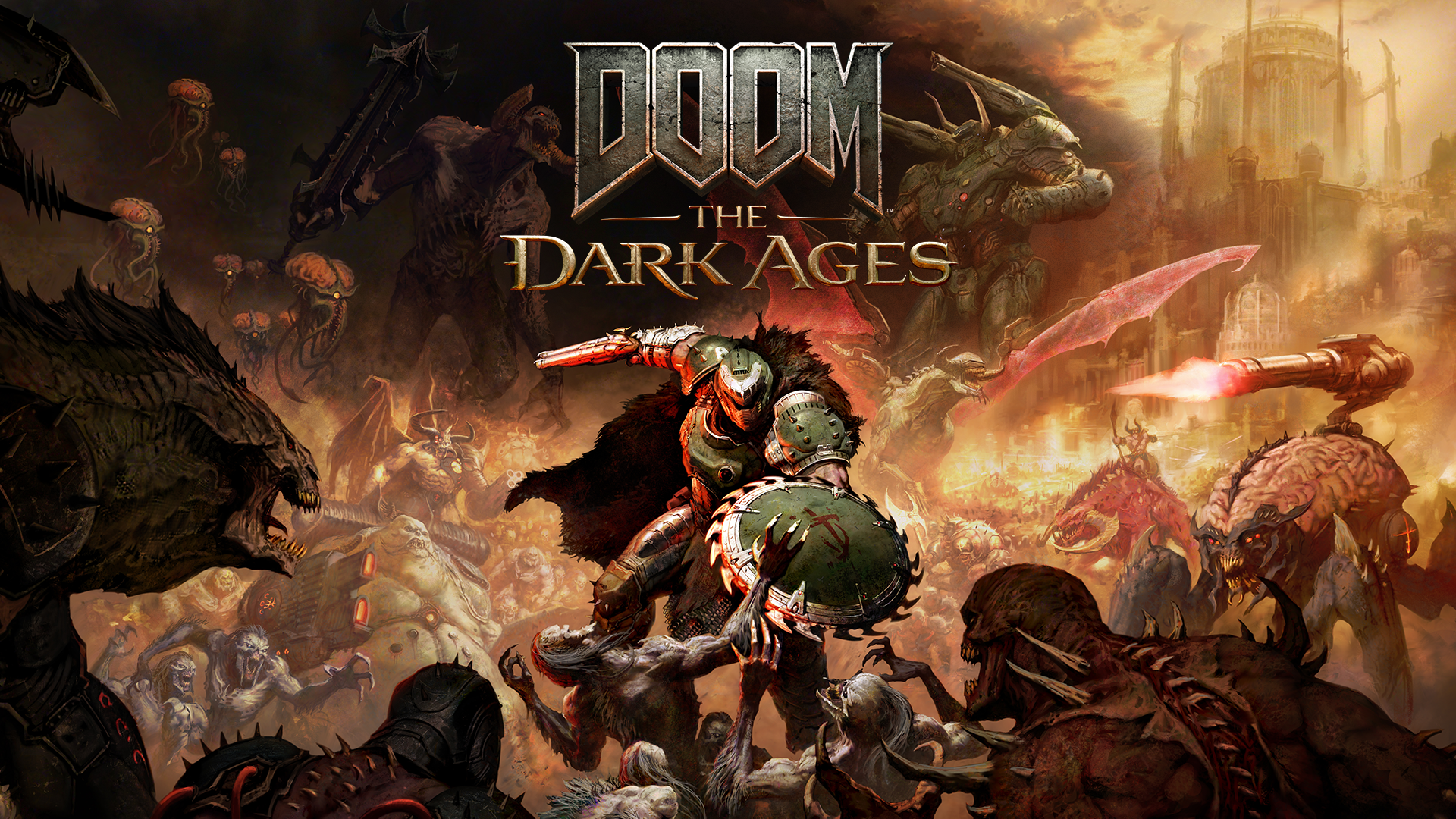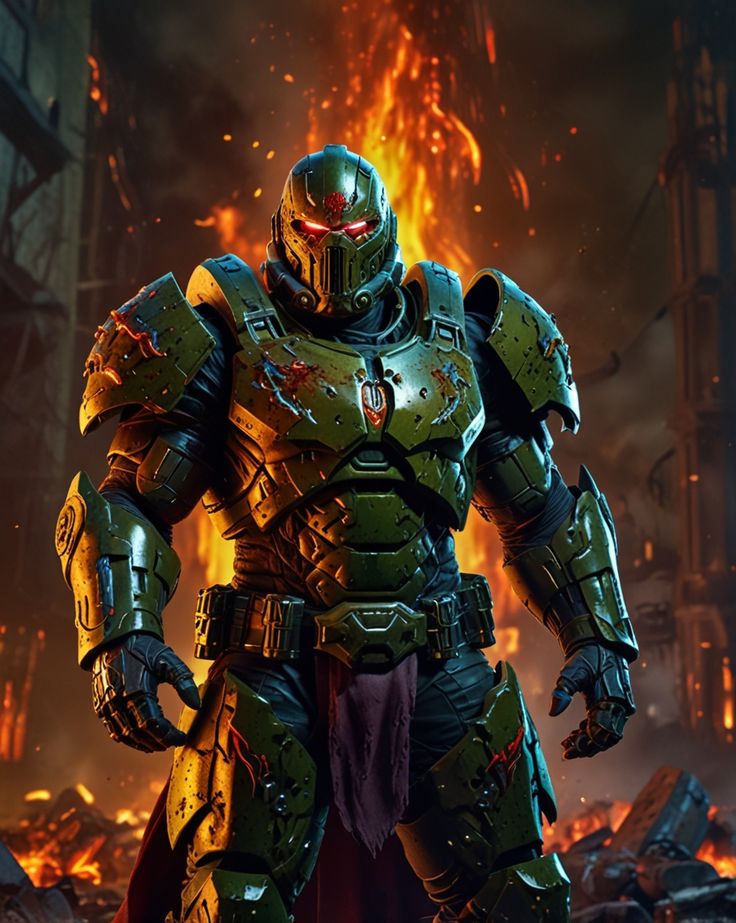
From Mars to Medieval: DOOM: The Dark Ages Reinvents the Slayer Saga

By DaMarko Webster
When the original DOOM dropped in 1993, it didn’t just launch a franchise—it ignited an entire genre. Now, over three decades later, the Slayer is back, but this time he’s ditching the space marines and high-tech labs for swords, siege engines, and steel-plated rage in DOOM: The Dark Ages. Releasing May 18th on PlayStation 5, Windows, and Xbox Series X/S, this next-gen title isn’t just a prequel—it’s a full-blown reimagining of what DOOM can be.
Before we talk about what’s next, it’s important to recognize DOOM’s past. The original game by id Software pioneered the first-person shooter, introducing fast-paced gunplay, maze-like level design, and a now-iconic arsenal of demon-slaying weapons. The series has undergone many transformations—from the horror-laden corridors of DOOM 3 to the high-octane, rhythm-based brutality of the 2016 reboot and DOOM Eternal (2020).
The Slayer became more than a character—he became an avatar of unrelenting fury, moving with godlike agility and wielding a chainsaw as both a weapon and a survival tool.
DOOM: The Dark Ages rewinds the clock and places players in a brutal, gothic world—one where demons aren’t just invading labs on Mars, but entire medieval kingdoms. This isn’t science fiction anymore. It’s heavy metal high fantasy.
The shift to a medieval setting doesn’t strip the franchise of its identity—it amplifies it. Picture the DOOM Slayer clad in medieval armor, wielding a shield that doubles as a buzz saw, charging through demonic hordes in siege-scale battles. The developers promise epic skirmishes, war machines like dragon-sized mechs, and a deeper dive into Slayer lore.
In short: this is DOOM at its most cinematic, visceral, and mythic.
- A Bold Setting Shift
Going medieval is a risk—but a calculated one. By trading plasma rifles for war axes and castles, The Dark Ages promises a fresh visual identity while maintaining the core chaos fans crave. - id Software’s Engine Magic
Built on id Tech 8 (an upgraded version of the already jaw-dropping id Tech 7), this entry showcases some of the most fluid combat animations, gory detail, and arena-scale destruction we’ve seen this generation. - Lore Expansion
We’re finally getting a look at the Slayer’s origin story—not as a sci-fi super soldier, but as a mythic warrior whose hatred of Hell shaped the fate of worlds. - A Cross-Platform Moment
With a simultaneous release on PlayStation 5, Windows, and Xbox Series X/S, DOOM: The Dark Ages signals id Software’s commitment to universality, despite being under Microsoft’s ownership. - The Cult of the Slayer
The DOOM fandom is unlike any other in gaming. It’s loud, loyal, and craving blood-soaked innovation. This game is being crafted with them in mind—and it’s showing.
Expect relentless pacing, over-the-top execution animations, and that signature DOOM energy—only now wrapped in chainmail instead of space armor. Multiplayer details are still under wraps, but rumor has it that The Dark Ages may lean more into narrative-driven solo play than past iterations.
One thing is clear: this isn’t just a skin swap. This is a tonal evolution that could redefine what first-person shooters can look and feel like.
DOOM: The Dark Ages isn’t just another sequel—it’s a rebirth cloaked in fire, blood, and brutalist architecture. It challenges the idea that DOOM has to be futuristic to be fierce. And on May 18th, gamers worldwide will wield ancient rage in high resolution.
The only question that remains: Are you ready to raise Hell, 10th century-style?







